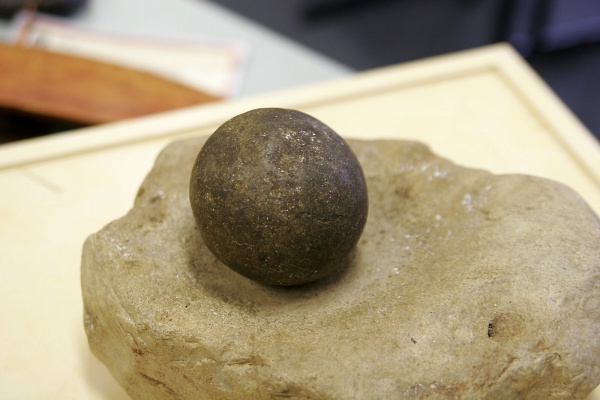Facts About Bush bread
Bush bread, also known as seedcakes, is a traditional bread made by Australian Aboriginals. The process involves crushing seeds into a dough and baking it, forming a staple part of their diet and providing essential nutrients such as protein and carbohydrates. However, the introduction of pre-milled white flour by Europeans led to a decline in this traditional bread-making practice. Despite this shift, some Aboriginal women in Central Australia continued making seedcakes into the 1970s, and the method of baking bread in hot coals persists today.
The task of making bush bread primarily fell to women. It required collecting seasonal grains, legumes, roots, or nuts, which were then processed into flour and subsequently into dough. The types of seeds used varied by region and season, with native millet, spinifex, and wattleseed being common choices. The entire process—from gathering seeds to winnowing, grinding, and baking—was labor-intensive and demanded significant skill. Certain seeds necessitated special preparation methods such as heating, hulling, or grinding with water.
In addition to seeds, bread could also be made from roots and corms of plants such as lotus root, wild taro, and water lily seeds. Aboriginal women possessed expert knowledge on detoxifying particular plant foods, like the seeds of the cycad palm, to render them safe for consumption. This bread-making tradition underscores the rich diversity of Aboriginal culinary practices across Australia.
Interestingly, the ill-fated explorers Burke and Wills subsisted for a time on bush bread provided by the Cooper Creek Aboriginals during their expedition. They also consumed bread made from nardoo plants, which may have contributed to their demise due to possible nutrient deficiencies. Their lack of understanding of traditional seed preparation methods, which could have removed harmful enzymes, likely led to health issues such as beri-beri.
